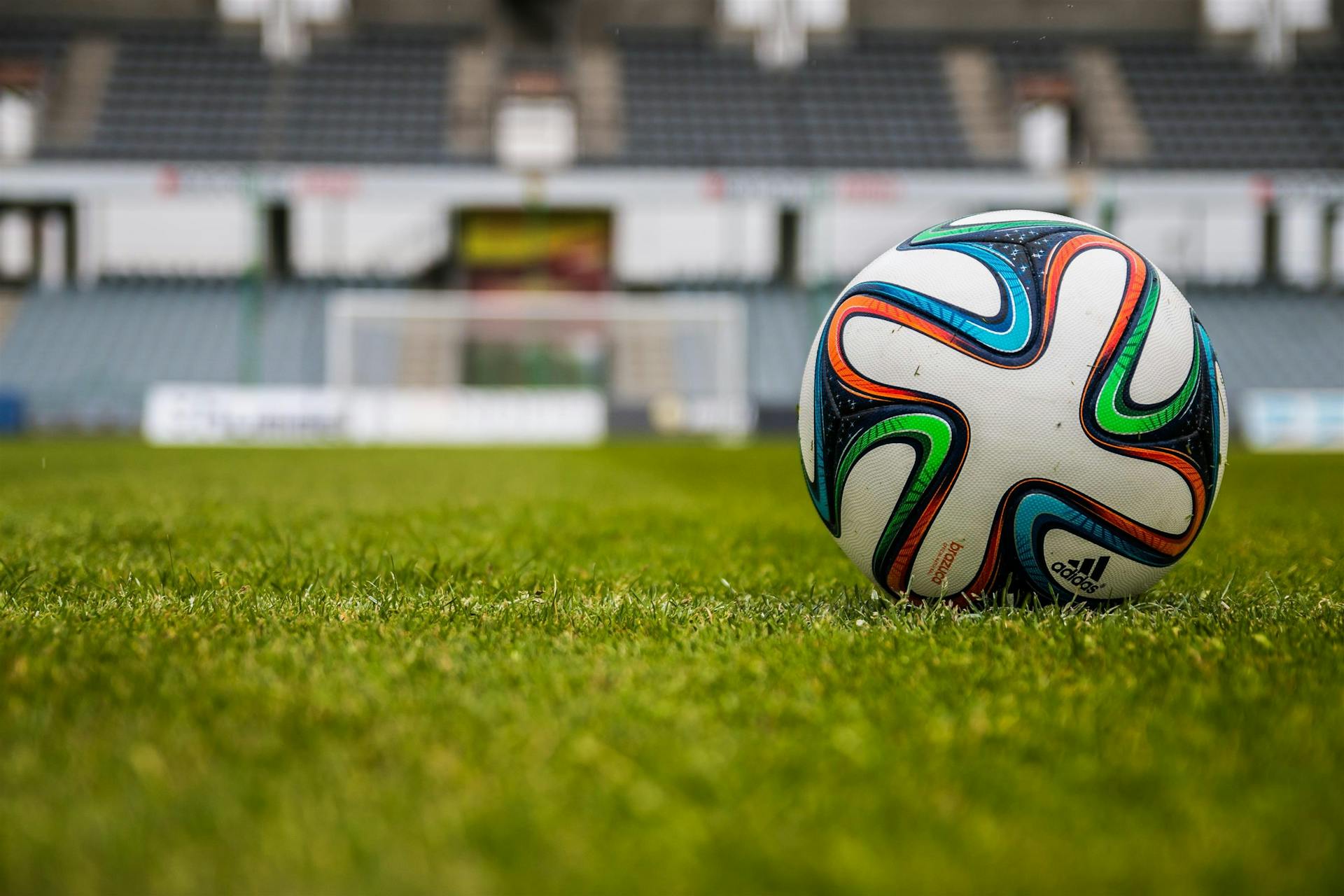If you’ve kicked around a few soccer balls, you’ve probably noticed they don’t all feel or play the same. That’s because the differences go far beyond colour and branding—everything from the surface you’re playing on to the type of game you’re playing can influence the kind of ball you should use. Whether it’s a casual weekend kickabout or a competitive match on an artificial football pitch, the right ball can change the way the game feels and flows.

Indoor vs Outdoor
The most obvious distinction is whether a ball is designed for indoor or outdoor play. Outdoor balls are made to handle grass, turf, and the elements, with tougher outer materials and seams that can withstand regular contact with rough surfaces. Indoor balls, on the other hand, are designed for smoother, harder floors. They often have a slightly different panel construction, softer touch, and reduced bounce to suit the faster pace and tighter space of indoor matches.
Synthetic Turf vs Natural Grass
Playing on natural grass versus synthetic turf can also influence your ball choice. Natural grass tends to absorb more impact, so standard outdoor balls work well. On synthetic turf, particularly modern artificial pitches, the ball can travel faster and bounce differently. Some players prefer a slightly softer-feeling ball on turf to maintain control, while others stick with their standard outdoor ball but adjust their touch and passing style.
Ages and Competition Levels
The size of the ball also changes depending on the age group and level of play:
· Size 2 — Used for juniors aged 3 to 5.
· Size 3 — Used for players aged 5 to 8.
· Size 4 —Used for players aged 8 to 12.
· Size 5 — The official size for players aged 13 and above, as well as adult competition.
Lighter balls can help younger players develop their skills without unnecessary strain, while older or competitive players benefit from the weight and size of an official match ball.
Different Balls for Different Codes
Not all football is played the same way, and that’s where variations like futsal come in. A standard size 5 soccer ball has a circumference of 68–70 cm and weighs 410–450 g. The equivalent size 4 futsal ball, on the other hand, is around 10% smaller at 62–64 cm but weighs a similar 400–440 g. This makes futsal balls slightly heavier, which reduces bounce on hard indoor courts and makes the game more about precision and control than long passes or high-speed bounces.
Even within outdoor soccer, there are differences between training balls, match balls, and premium match balls. For example, training balls are built for durability and can handle constant use, while match balls are constructed for consistent flight and touch. At the top end, FIFA-approved balls go through rigorous testing to ensure they meet exact performance standards.
Choosing the Right Ball for the Right Game
From the surface you’re playing on to the age of the players and even the format of the game, soccer balls aren’t one-size-fits-all. The right ball can make passing crisper, control easier, and the overall game more enjoyable. Whether you’re playing futsal on a shiny court, training on synthetic turf, or competing on natural grass, matching the ball to the conditions will help you get the best out of every kick.








